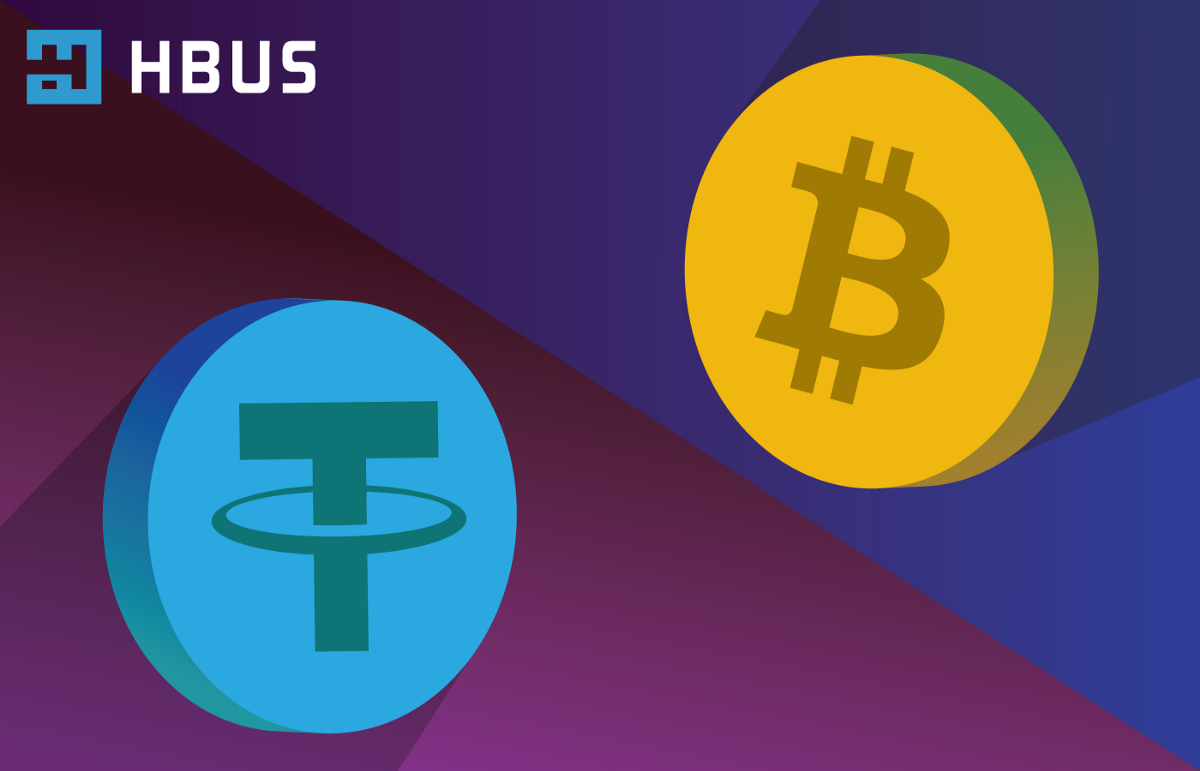
“Tokens” and “Coins” are common terms that you hear in the digital currency space. Many don’t realize there is a difference and will use the terms interchangeably. However, “token” and “coin” each refer to a separate category of digital currencies — understanding the distinction is important.
The basic difference is relatively simple. “Tokens” and “coins” are both used to define a unit of blockchain value. However, tokens are built and hosted on existing blockchains, while coins are unique digital currencies which are based on their own, standalone blockchains.
Let’s take a closer look to understand these cryptocurrency distinctions and examine how digital assets function.
Coins
A digital coin is an asset that has its own blockchain. Bitcoin (BTC), Ether (ETC), Ontology (ONT) and Litecoin (LTC) are some examples of coins. You can trade these coins on HBUS markets.
People use coins such as bitcoin to pay for goods and services, trade for other currencies, or store as an investment.
Currently coins are mainly used for monetary transactions. However, coins have other use cases. For example, the Ether coin is used to fuel transactions on the Ethereum network. Tokens can be built on Ethereum, but Ether is still required to send a token. Ether funds the mining cost (funding computers that verify transactions on the Ethereum network).
DASH is another coin that has additional functionality. If users hold a certain amount of DASH, they are able to vote on important decisions in the DASH network. For example, if an idea is suggested to upgrade the DASH network, those holding enough DASH can vote to decide whether the upgrade should happen. These voting rights allow the holders of DASH to have a say in how the project evolves.
Although coins may have added functionality, we can generally think of a coin as a means of payment. Tokens have a wider functionality.
Tokens
Tokens, unlike coins, are created on top of existing blockchains. By far the most common platforms for tokens is the Ethereum platform. Other token platforms include Stellar, NEO, Omni, and EOS. Tokens built on Ethereum are called ERC-20 tokens, while tokens built on NEO are called NEP-5 tokens. Some examples of tokens include 0x (ZRX), and Basic Attention Token (BAT), and Golem (GNT). These tokens exist on the Ethereum blockchain.
Most tokens exist to be used with DApps (decentralized applications). Once created, tokens are used to activate features on the application they were designed for. Since tokens are created to be used on a DApp, their purpose depends on the application itself. For example, in gaming DApps, tokens give users access to play the game. Music content Dapps give users the ability to access features such as watching a music video or streaming a song. DApps and tokens join a shared blockchain on which other applications may already run. While creating a new token, developers decide how many units they would like to make and where the tokens will be sent once they are created.
Tokens are far easier to create than coins. Creating a token requires following a standard template on the blockchain, such as the Ethereum or NEO platform, which allows you to create your own token. Creating one does not require creating a new blockchain, which saves time and resources. The security of a native blockchain such as Ethereum is an added benefit — these preexisting token platforms have a tremendous network of miners available to verify transactions.
Both tokens and coins are stored in digital wallets. There are two main types — hot and cold. Hot wallets connect through the internet and are accessible anywhere. Cold wallets (often referred to as cold storage) are stored offline. Wallets must be compatible with the platform of the coin or token. Many wallets that store tokens built on the Ethereum platform advertise that they are compatible with ERC-20.
Although there are some blurry lines between the definition of “tokens” and “coins”, the crypto community generally agrees that coins function as a method of payment. Tokens operate on top of a blockchain and give access to a DApp, enabling the functions of that project.
Check out the HBUS digital currency marketplace and follow our social media to stay up to date on new product listings, promotions and rewards.
Facebook: https://www.facebook.com/HBUSOfficial
Twitter: https://twitter.com/hbusofficial
Medium: https://medium.com/@hbusofficial
LinkedIn: https://www.linkedin.com/company/hbus
Telegram: https://t.me/hbusofficial
Source: Crypto New Media






